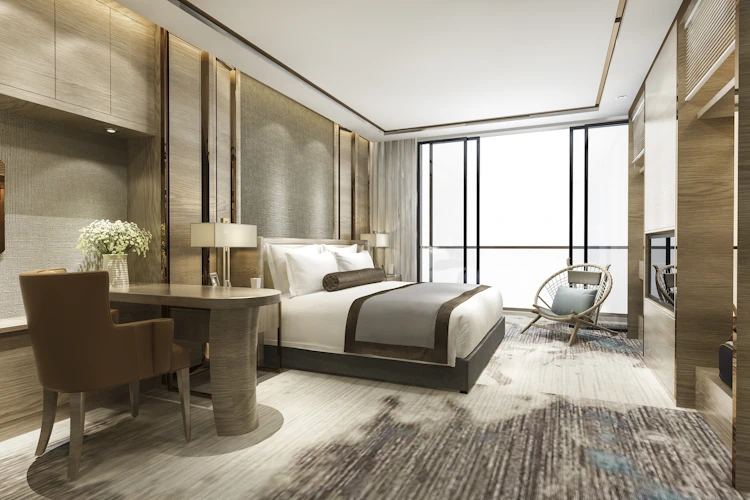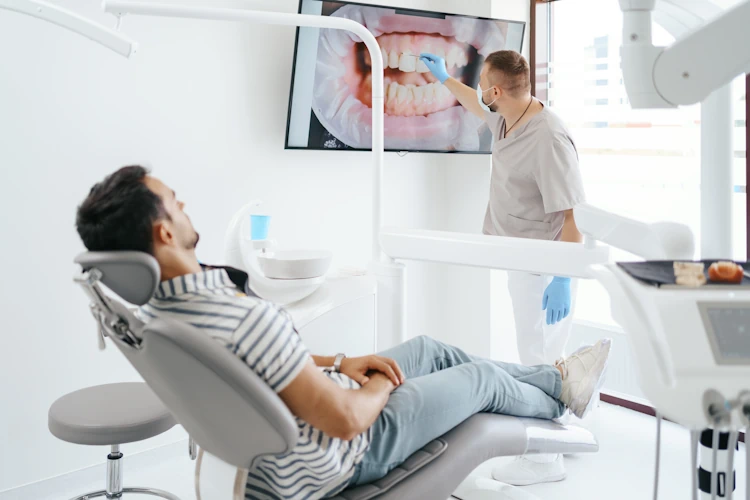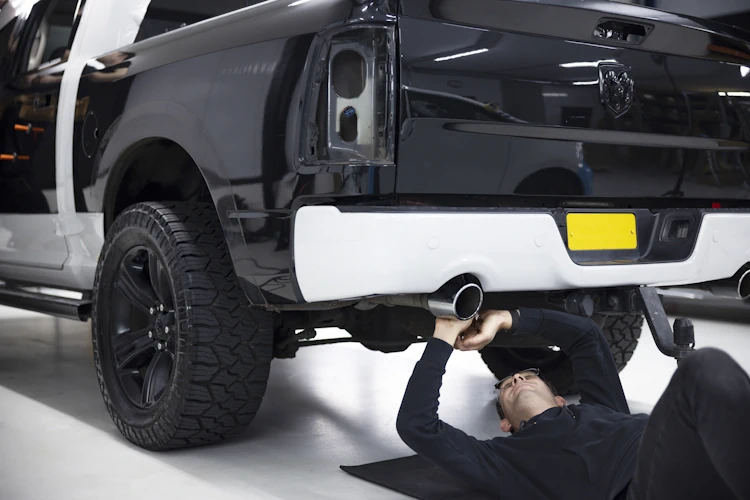Booking a hotel room is not just about having a place to sleep; it’s an opportunity to enhance your travel experience. Imagine waking up to breathtaking views from your room’s window or indulging in luxurious amenities that make your stay truly special. In this article, we’ll share tips and strategies on how to score the best hotel room upgrades, ensuring that your next getaway is nothing short of extraordinary.
Join Loyalty Programs
One of the most effective ways to increase your chances of an upgrade is by joining a hotel’s loyalty program. Many hotel chains offer rewards for frequent guests, such as complimentary room upgrades, late check-out, or even free nights. Sign up for these programs and start accumulating points for future stays.
Book Directly with the Hotel
Booking directly through the hotel’s website or calling their reservation line can sometimes lead to better room options. Hotels often prioritize direct bookings over third-party websites, as they can offer personalized service and incentives like complimentary upgrades to encourage loyalty.

Timing Matters
The timing of your reservation can greatly influence your chances of an upgrade. Try booking during the hotel’s off-peak season when there are fewer guests. Hotels are more likely to have vacant upgraded rooms during these times and may offer them at a discounted rate or even as a courtesy.
Celebrate Special Occasions
If you’re celebrating a special occasion like an anniversary or birthday, let the hotel know in advance. Many establishments are happy to make your stay memorable by offering complimentary upgrades, champagne, or other surprises to mark the occasion.
Be Courteous and Friendly
When checking in, be polite, and strike up a friendly conversation with the hotel staff. A positive attitude can go a long way in securing an upgrade. If the hotel has available upgrades, they may be more inclined to offer them to pleasant guests.
Arrive Late in the Day
If you arrive at the hotel later in the day, there’s a chance that the hotel has a better sense of room availability. If they haven’t fully booked the premium rooms, you might be in luck and get an upgrade at a reduced rate or even for free.
Use Points and Miles
If you’ve collected reward points or frequent flyer miles through a credit card or airline program, consider using them to book your hotel stay. Many loyalty programs allow you to redeem points for room upgrades, enhancing your experience without additional cost.
Be Specific with Your Requests
When making a reservation or checking in, don’t hesitate to specify the type of room you desire. If you express a preference for a room with a view or a larger suite, the hotel staff will do their best to accommodate your request.
Tip Generously
A well-placed tip can make a big difference. Slip the front desk staff or concierge a modest tip with a friendly request for an upgrade. While this isn’t guaranteed, it’s a gesture that can increase your chances of receiving one.
Utilize Social Media
Many hotels actively engage with customers on social media platforms like Twitter and Instagram. Reach out to the hotel’s social media team before your stay, expressing your excitement about your upcoming visit. Sometimes, they may surprise you with an upgrade as a token of appreciation.
Conclusion
Hotel room upgrades can transform an ordinary stay into a memorable experience. By utilizing these strategies, you can increase your chances of scoring the best views and amenities without breaking the bank. Whether you’re traveling for a special occasion or simply seeking a more luxurious escape, these tips will help you make the most of your next hotel stay.
So, start planning your next getaway, and remember that the perfect hotel room upgrade might just be a few savvy moves away.





